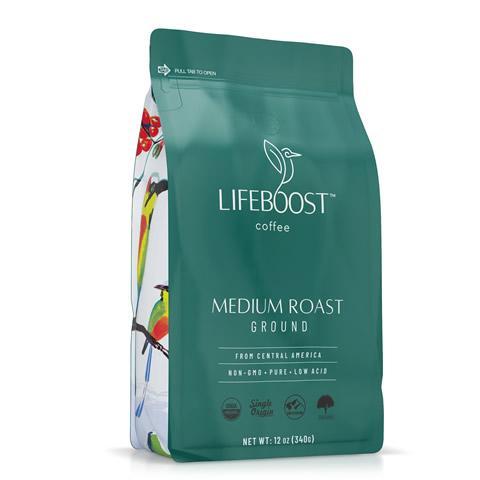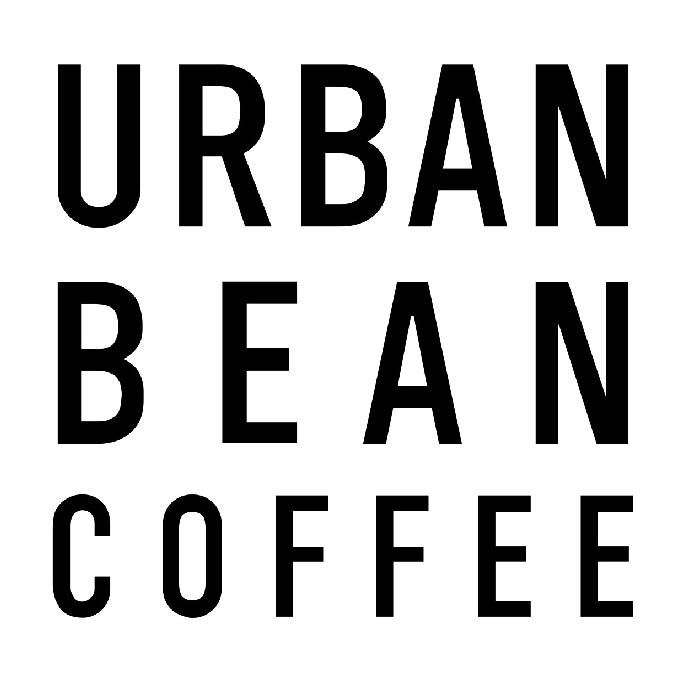10
Products Considered
123
Hours of Research
7
Experts Interviewed
27
Customers Consulted
This article is about the best mold- and mycotoxin-free coffee brands.
Finding the brands wasn't easy. Not every brand indicates the presence or absence of mycotoxins in its coffee.
However, in this article, you'll find coffees that have been tested for mold and mycotoxins.
We've also prepared information about what affects the level of mycotoxins in coffee.
Let's get started.
OUR TOP PICK
Lifeboost Coffee

This is organic coffee with low acidity. It's shade-grown on high mountainous plateaus, so it has a bright taste.
Key Features
• Tested for mycotoxins, bacteria, fungi, and mold
• Single-origin 100% Arabica
• Certified organic
BEST DARK ROAST
Clean Coffee Co.

This is dark-roasted coffee with a mild taste and no bitterness. The beans are grown in the volcanic soils of Papua New Guinea and roasted to the ideal temperature.
Key Features
• Tested for 150 types of toxins, molds, and chemicals
• Low-acid
• Hand-picked
BEST LIGHT ROAST
Top Shelf Grind

This coffee has a naturally soft and sweetish taste, which acquires notes of chocolate, honey, and black tea during roasting.
Key Features
• Mycotoxin-free & mold-free
• Certified organic
• Rich in antioxidants
Best Mold and Mycotoxin Coffee Brands Reviews
Therefore, it’s hard to choose only the best mold- and mycotoxin-free coffee from the market. To help make your choice easier, we have organized french press mold- and mycotoxin-free coffee brands by value for money. Let's take a look:
1. Lifeboost Coffee — Our Top Pick
Lifeboost is a certified-organic coffee brand. Its beans are grown without the use of chemicals on high-elevation plantations in Nicaragua.
Editor's Rating: 9.5

Specifications
- Type of Beans: Single-origin 100% Arabica
- Origin: Nicaragua
- Type of Roast: All roasts available
- Whole or Ground: Whole and ground beans available
Lifeboost pays special attention to the fight against the mold to minimize mycotoxins in the coffee.
After fermentation, the beans are manually washed in clean water. The moisture content of each coffee bean is strictly controlled. To protect against mycotoxins, the moisture content is kept at an ideal level of 11.5%.
In addition, each batch of coffee is tested for mycotoxins, bacteria, fungi, and mold before and after roasting.
By choosing Lifeboost, you get high-quality coffee that's safe for your health.
The coffee's flavor is complex and vibrant thanks to the slow ripening of coffee cherries in the shade of guava trees. The coffee is then harvested by hand.
2. Clean Coffee Co. — Best Dark Roast
This is dark-roasted coffee without toxins. The coffee beans are tested for more than 150 types of toxins, molds, and agricultural chemicals.
Editor's Rating: 9.2

Specifications
- Type of Beans: Single-origin 100% Arabica
- Origin: Papua New Guinea
- Type of Roast: Dark roast
- Whole or Ground: Whole beans
The coffee is not only toxin-free but also rich in antioxidants. It has a natural mild flavor without bitterness.
The coffee cherries are cultivated in volcanic soils more than 5,200 feet above sea level in Papua New Guinea. They mature slowly thanks to cool weather and heavy rainfall.
To ensure high-quality coffee beans in every package, the coffee is hand-picked and washed.
The coffee is then roasted to the ideal temperature. The roasters carefully control the color.
3. Top Shelf Grind — Best Light Roast
Do you like light-roasted coffee for its original taste? We found these mold- and mycotoxin-free beans for you from Top Shelf Grind Coffee Roasters.
Editor's Rating: 9.0

Specifications
- Type of Beans: Single-origin 100% Arabica
- Origin: Peru
- Type of Roast: Light roast
- Whole or Ground: Whole beans
Each package contains single-origin Arabica coffee beans from plantations in Peru. Thanks to the shade-grown method and the high elevation (3,200 feet above sea level), the coffee is low in acid. The taste is soft with sweet notes.
The coffee is USDA Organic certified. It is grown without the use of chemicals or agricultural fertilizers.
The beans are also Fair Trade certified. When you buy coffee from Top Shelf Grind Coffee Roasters, you can be sure that the farmers are paid fairly for their work.
This is a light roast coffee, and the company named it Liquid Gold. This roast emphasizes the high quality and unique flavor of the beans. Your cup of coffee will reveal notes of chocolate, black tea, and honey.
What to Look For When Choosing Mycotoxin-Free Coffee
It is impossible to avoid mycotoxins in coffee and other products.
But even low-quality coffee contains fewer mycotoxins than standards allow, so you don't need to worry.
If you want to minimize the chances of getting moldy coffee, follow these tips:
Choose coffee grown at a high elevation
The higher the elevation at which the coffee is grown, the lower the chance that mycotoxins will appear.
This is due to temperature changes. Mold needs warmth and high humidity, which aren't as present at higher elevations.
Buying beans from high-elevation plantations reduces the risk of a high mycotoxin content in the coffee.
Choose single-origin coffee
The problem with coffee blends is that it is more difficult to trace the origin of the beans. As a result, it is more difficult to obtain information about mycotoxin content.
If you choose single-origin coffee, you know the country of cultivation, the elevation of the plantations, the climate conditions, the processing method, and more.
And this information lets you know not only about the taste of the coffee but also about how susceptible the beans could be to mold at each stage of production.
What Are the Specific Mycotoxins in Coffee?
Mycotoxins are the toxic waste products of microscopic mold/fungi. They can contaminate raw food materials, human food, and animal feed.
They are produced by filamentous fungi, including Aspergillus and Fusarium.
They cause health problems as they can be carcinogenic and affect the immune system and other systems in the human body.
Exposure to mycotoxins occurs primarily through ingestion but can also occur through the skin or via inhalation.
Whether these toxins are present on grains, nuts, coffee beans, and other mold-prone foods is determined by environmental factors.
Temperature, humidity, and rainfall during harvesting cycles all contribute to mold formation.
Because mycotoxins can't be completely prevented in food and animal feed, the presence of small amounts of these toxins is allowed.
Aflatoxin B1 and ochratoxin A are the most common mycotoxins found in coffee.
Aflatoxin B1 is a carcinogen that is toxic to the liver.
Less is known about ochratoxin A, but it is considered a weaker carcinogen.
Standards have been established for acceptable daily and weekly consumption of ochratoxin A, but different countries have different standards. This is because the consumption habits of residents of different countries, as well as residents' average weight, are taken into account.
In the United States, the acceptable daily value is 430 ng for men and 370 ng for women.
Why Does Coffee Have Mold and Mycotoxins?
Mold growth is influenced by temperature, humidity, and rainfall. Because coffee is cultivated in tropical climates, it is highly susceptible to mold.
During ripening, mold can appear on coffee cherries due to dirty water or contact with animals.
Mold can also form during the processing of coffee beans. This can happen if the coffee does not dry properly after being rinsed.
Another reason for mold formation is improper storage.
Typically, green coffee has a long shelf life before shipment or until it is roasted. But if producers and processors fail to ensure special conditions in storage warehouses, you can get a product with a high mycotoxin content.
This is especially likely if the coffee was packed by unscrupulous farmers.
In general, the whole growing, storage, and transport process increases the risk of mold formation as it is very difficult to keep the temperature and humidity at the required level.
The Verdict: What Coffee Does Not Have Mycotoxins?
It is not possible to eliminate 100% of the mycotoxins in coffee, but it is possible to reduce them as much as possible. And Lifeboost is a great example of this kind of coffee.
Lifeboost Coffee's whole production process is aimed at ensuring that the mycotoxin content is minimal.
High-elevation cultivation, hand-harvesting of coffee berries, maintaining moisture levels at 11.5%, and testing for toxins and bacteria before and after roasting are all steps that help create the best coffee.
Choose Lifeboost if you want to drink coffee that's not just safe but also tastes great.
